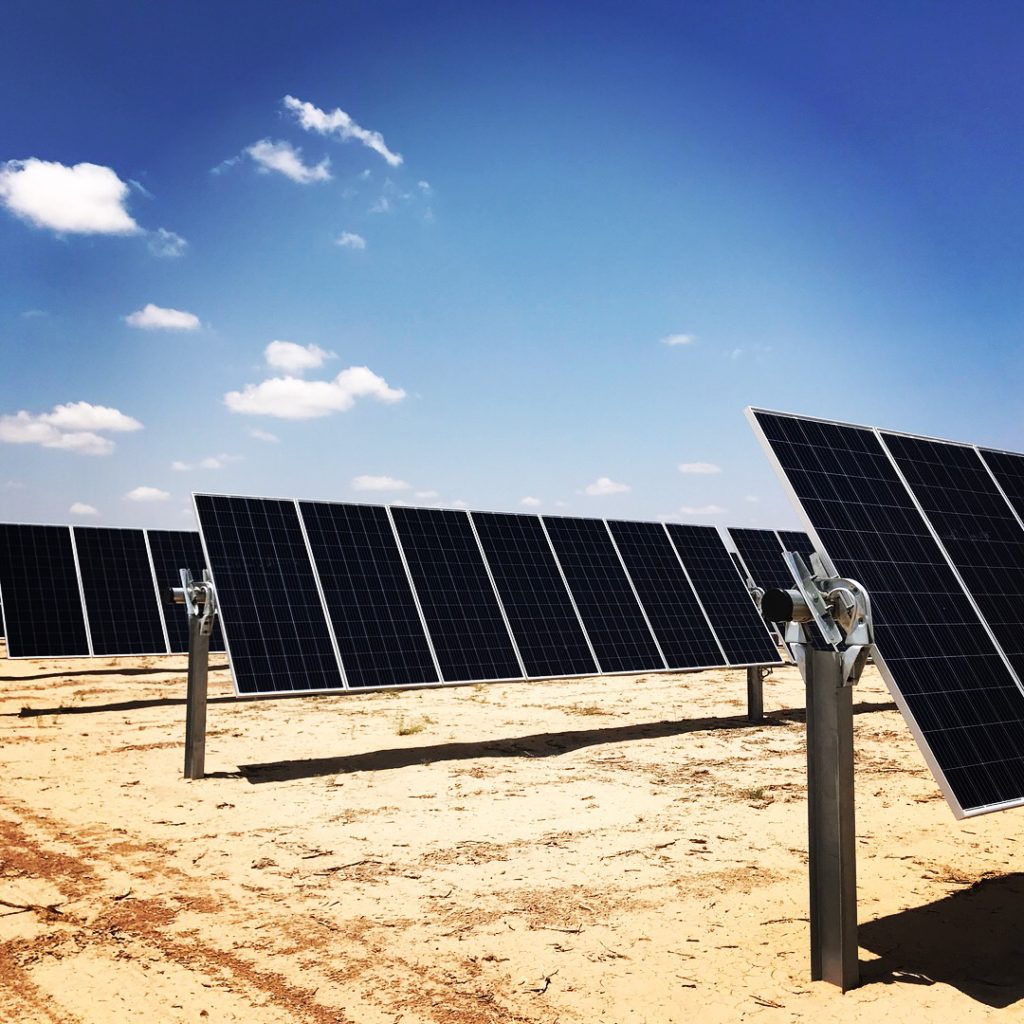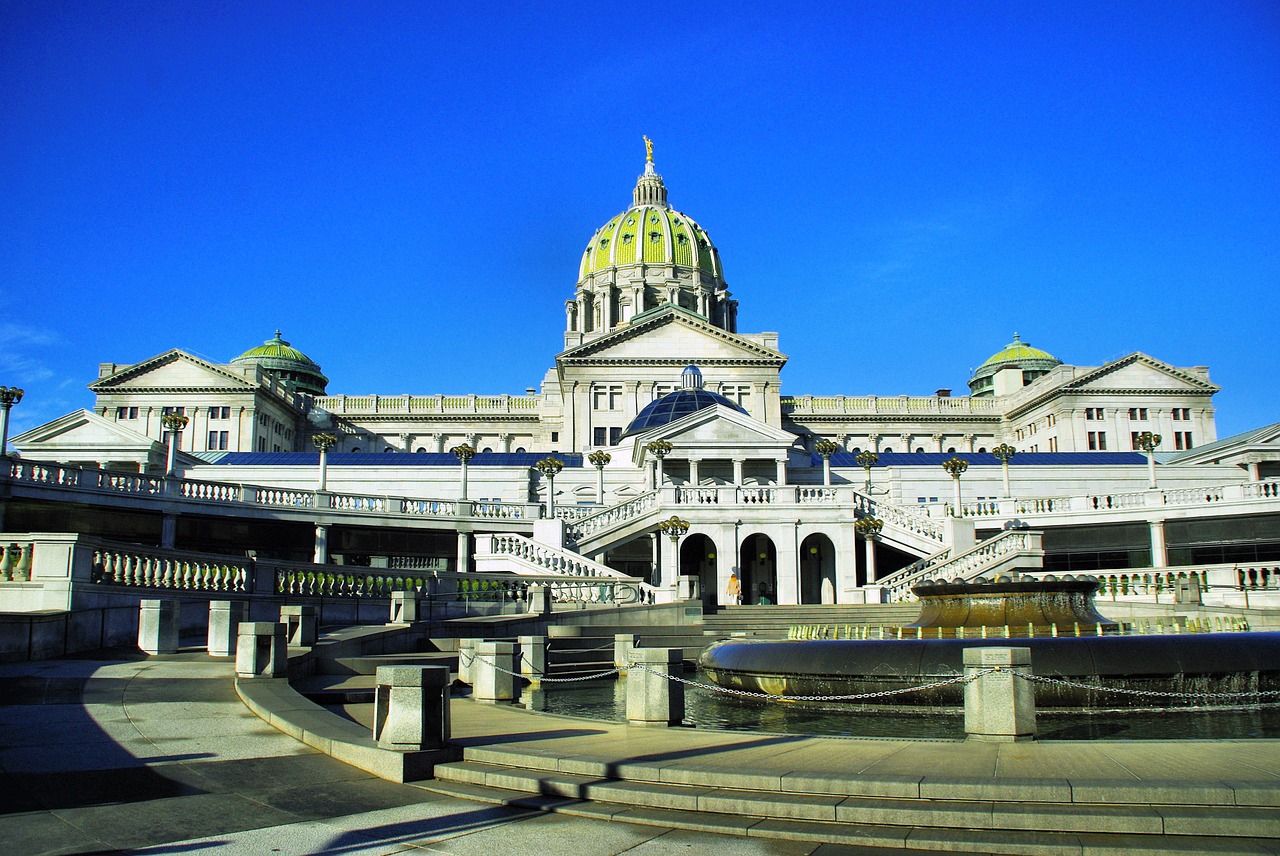
By Frank Andorka, Senior Correspondent
It’s easy to get caught up in a solar + storage discussion that only focuses on batteries – but as independent power producers (IPPs) begin to realize how important solar + storage is going to be in their market, they are quickly realizing the question is far more complex than it seems on the surface.
IPPs like Vistra, for example, just signed a deal with FlexGen, an innovative storage provider that is focusing on adding storage to C&I and utility-scale projects, to design and integrate a 10-megawatt/42-megawatt hour FlexGen energy storage system (ESS) at Upton 2 Solar Power Plant in Texas.
When completed in late 2018, the energy storage system, using FlexGen’s Hybrid OS software, will allow Vistra to store inexpensive solar energy generated during the day and deliver it to customers during evening hours when demand is greatest, improving grid reliability. The lithium-ion energy storage project at Upton 2 will be the largest in Texas, and the seventh largest in the United States.
Vistra is seen to include storage in many more ways going forward especially in markets like New York and California according to their investor’s day presentation. In California alone, Vistra sees the potential of 4.5GW – 8.8GW of energy storage penetration.
With project financing at a premium, finding new and innovative ways to add storage to projects that enhance financing success is the next frontier of the storage race – and IPPs are racing forward into it with wild abandon.
FlexGen, which has been in operation for nearly a decade, is in a position to capitalize on a growing market where consolidation has already taken some of the biggest names off the market. The company has a unique capability to also work on DC-coupled projects, where systems place storage devices between the solar modules and the inverter, instead of the traditional configuration of putting it behind the inverter. It means there are fewer components to install, meaning there are fewer parts to break down. In addition, you eliminate the unnecessary step of converting DC power to AC power (at the inverter) and then back to DC power (at the storage level) and then back to AC to deliver the electricity to the offtaker.
Every storage project is different, based on the market dynamics that create the revenue flow. The solar and power industry is seeing the future is more complicated than calling the lithium manufacturers and having batteries sent to the site. The system, power electronics and software need to work in sync to ensure total life cycle operations match the modeled expectations.



 Harrisburg, Pennsylvania
Harrisburg, Pennsylvania